Silky smooth seas continued on our English Channel crossing from Cherbourg to the Isle of Wight. When I was tying the last knot to the rope of the British courtesy flag when skipper’s head appeared up to the deck and Andrus happily noted that “you remember that they have a left-hand traffic in the UK”. The blond’s fingers nearly stopped in the middle of making the knot but despite of the good attempt of the skipper, I raised the red ensign to the right spreader of Suwena.
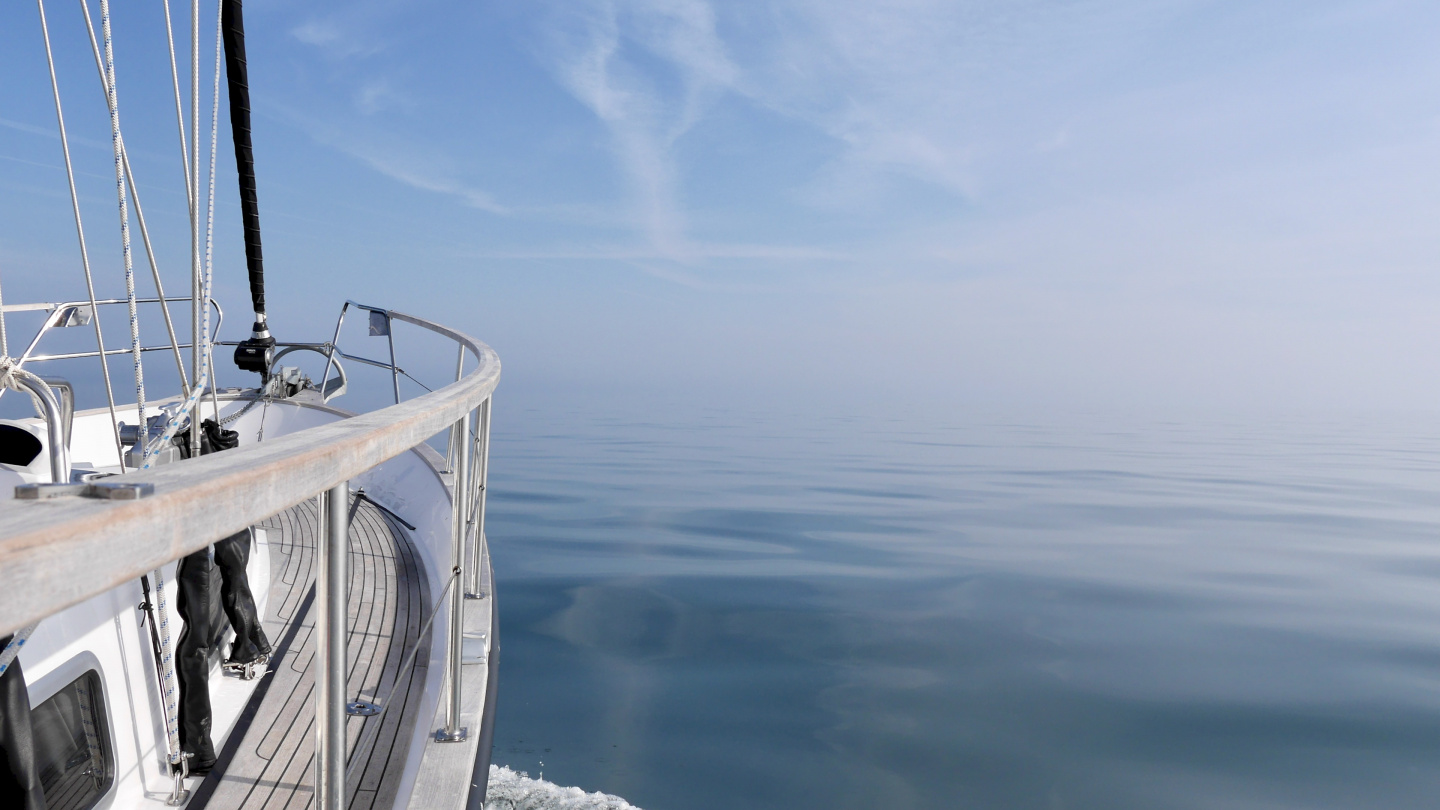
A 74 nautical mile voyage was easy and we were fully enjoying the hot day. Until to the limit of French territorial waters the French coastguard circled around the boats and visited each one in a turn to have a closer look. We had five boats going at the same time in the same direction. Fortunately none of us needed to make an extra customs stop. Also when arriving in the territorial waters of the UK, the border control was patrolling but they did not stop any of us.
Our original thought was to stop in Cowes on the Isle of Wight. Cowes must be one of the most popular sailing destinations on the northern shore of the Channel. We had however got so many recommendations about Yarmouth that we wanted to check it out.
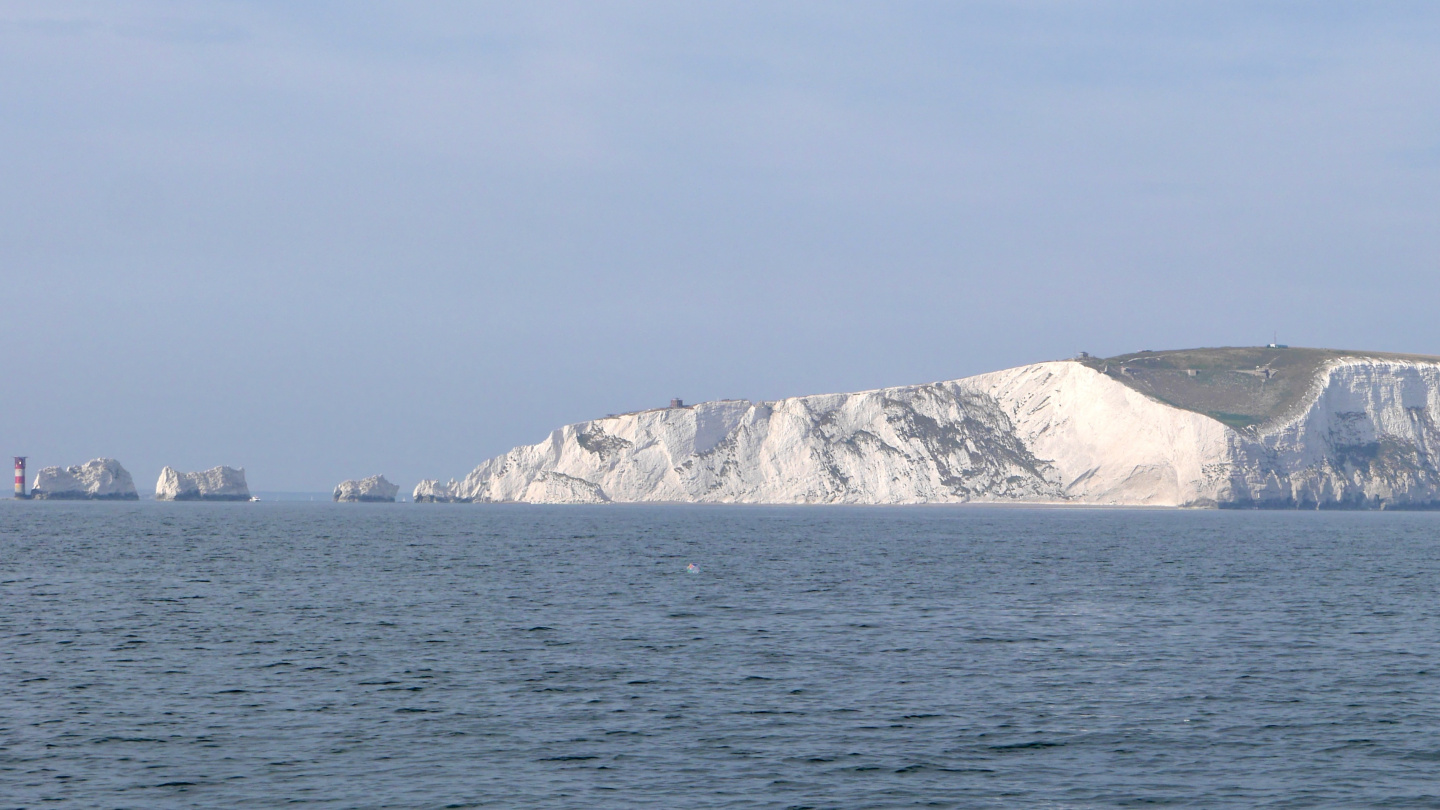
Yarmouth is located on the western edge of the Isle of Wight. In addition to pontoon berths there are three rows of mooring buoys in front of the harbour. We had spent so much time in marinas that the buoys sounded inviting.
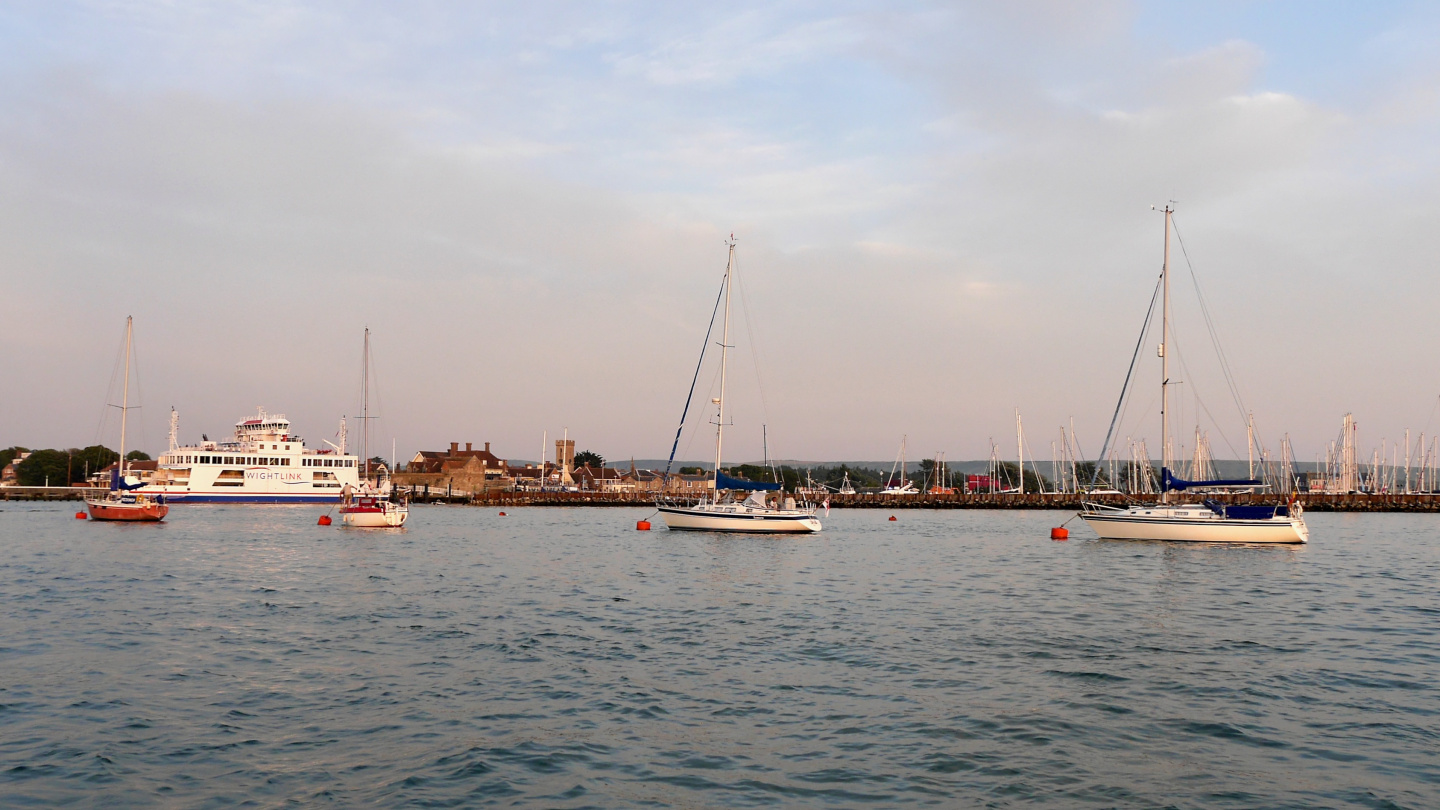
The buoys here in tidal waters are different compared to the Baltic Sea. We have on a buoy about half a metre long steel arm with a metallic loop. Instead of this here the thick rope is made fast to the middle of the buoy and there is a loop at the end of this rope. Usually there is also a small floating pick-up ball that helps fishing the rope with a boat hook. Well, for me this is not as easy as for a sighted boat hook user.
Now that there were no tall constructions on top of the buoys so they float very close to the water surface. We heard that sometimes the current can even pull the whole buoy underwater. This time in a two knot current they were about 10 cm above the water level.
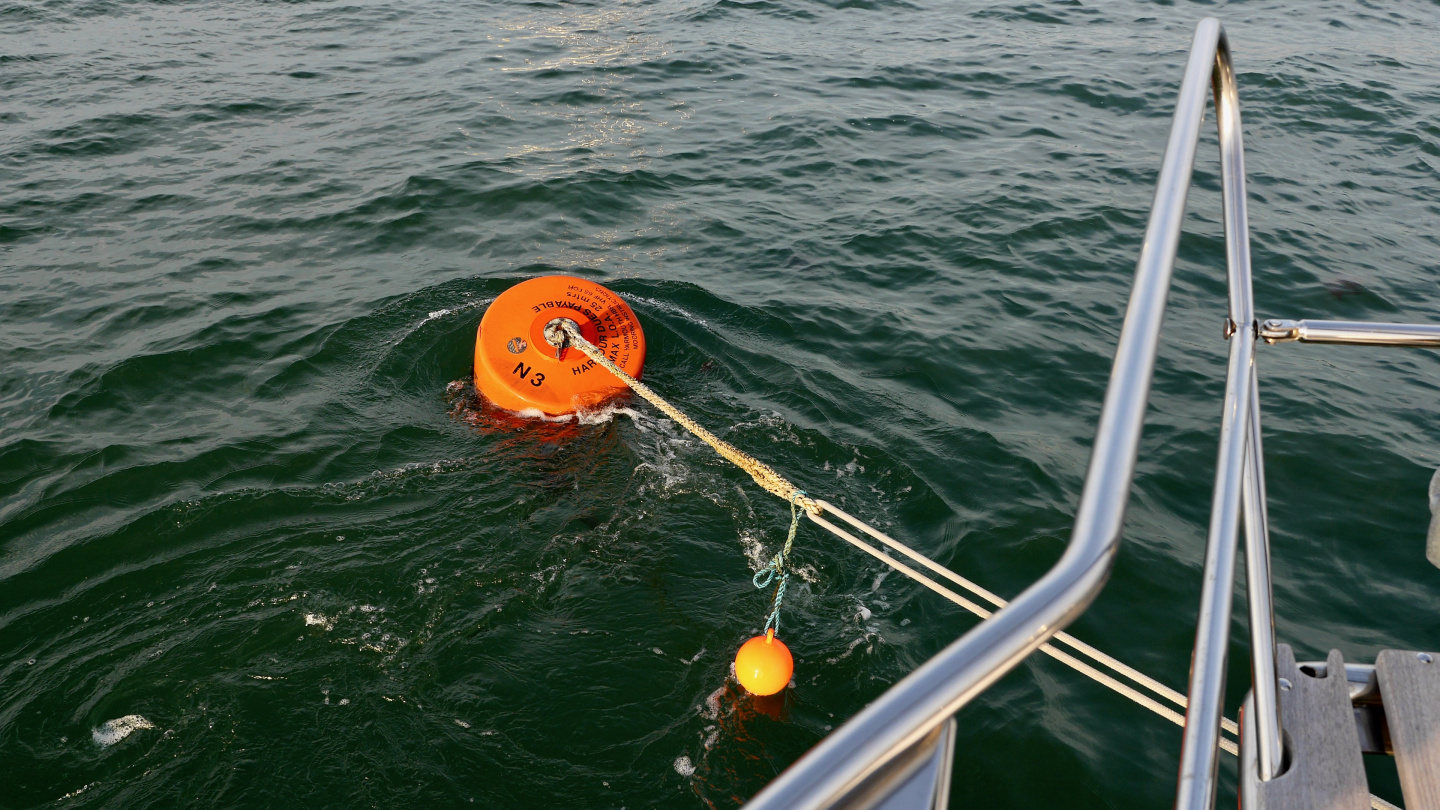
Andrus had described to me beforehand how the buoys look at this end of the world. I only had one small misunderstanding. Andrus told it exactly right but for some reason I had understood that the rope is tied as a loop into the buoy.
First of all we were mooring in a two knot current so keeping her steady was not so easy. It takes more time from me to find the buoy anyhow. First I tried to catch the buoy from a side gate but I was not able to reach close enough to the water. On the Baltic Sea when the buoys are at least half a metre above water level the side gate of Suwena is a perfect place for catching them.
Next I went to the swimming platform and our challenges increased. From the helmstation Andrus can not see the swimming platform. I had a big challenge groping widely the buoy’s rope. Of course it made the hissing sound moving in a current which helped a little to guess a direction where is it.
On the fourth try I found the buoy’s rope and quickly turned the mooring line around it and sighed with relief. After carrying the line from aft to bow and starting to tighten it, you can only guess what happened. Because I had misunderstood that the mooring rope is one big loop I only passed our line around it instead of looking up the loop. I was stunned when the buoy’s line just slipped to the water and I was left with only our own mooring line in hand. Well, we can always start from the beginning. This time however I knew what to do. When we had finally moored I was very tired and sweating from the thrill. I even noted to Andrus that “It’s time to return to the Baltic Sea. Over there I can at least catch the buoys”. Andrus just sarcastically replied that “Wasn’t it nice that our first mooring buoy was not fore and aft mooring where the boat is made fast between two similar buoys from bow and stern?”. I must say that at this time it didn’t sound very funny. On the other hand it is the salt of sailing when we are continuously learning new things. I was relieved when more boats arrived beside us and also they had to try several times before catching the buoy. Maybe we’re not turning our bow towards home – yet.
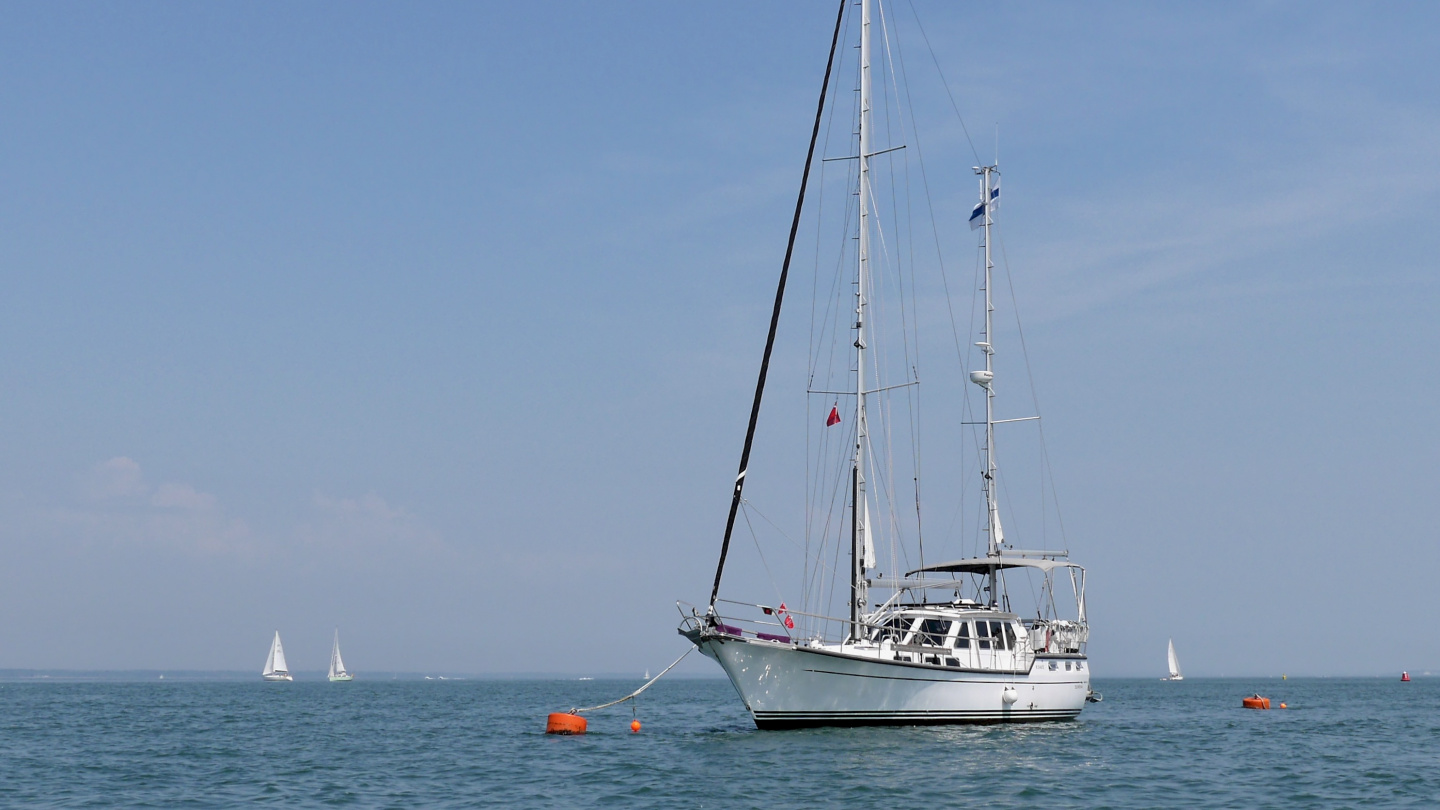
We have used our FenderStep fender every now and then. Now however we were bobbling in a current and our dinghy wanted to slide under the swimming platform. The latter has a stern anchor fixture and many sharp corners. It would be easy to blow a hole into the dinghy or injure itself on an anchor. Andrus proposed that let’s put FenderStep under the gate on a port side and the dinghy can be made fast to our port side cleat. This would enable us to easily embark to the dinghy. It was a brilliant idea. Even if our side deck is rather high the additional step makes climbing to and from the dinghy very easy. We can recommend to try this. For us it worked flawlessly also when we were returning to Suwena in a darkening evening.
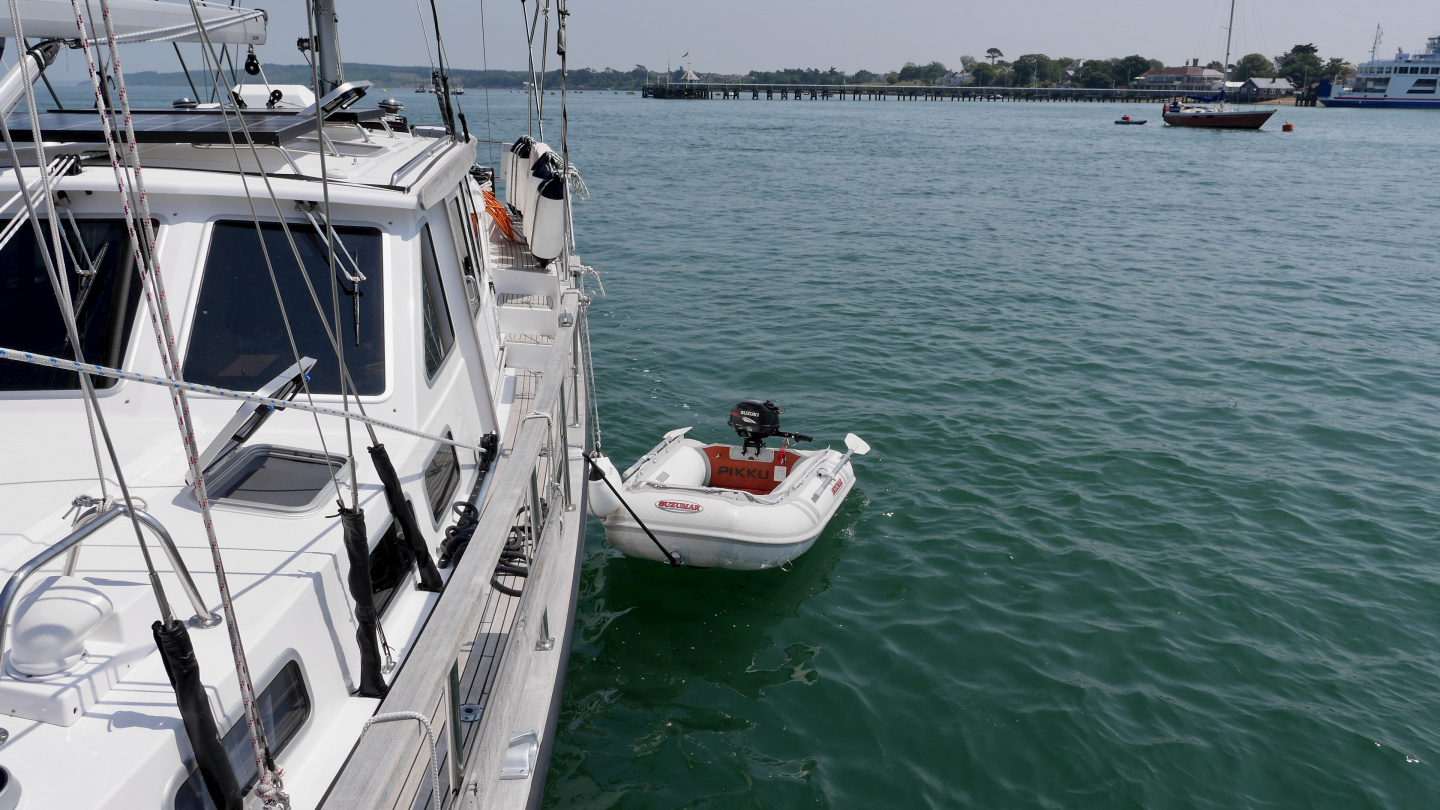
The watertaxi can be called on VHF from the boat but we wanted to use our own dinghy. The village of Yarmouth was a small traditional British village. After walking around on a few alleys we visited the clubhouse of the local yacht club. Upon entering a friendly lady welcomed us and then se asked “Are you visiting yachtsmen?” The visiting sailors are welcome to visit their clubhouse so we asked if we can make a reservation for a dinner in the club’s restaurant. Making the resrvation was quick done and we heard that the Royal Solent Yacht Club arranges every Wednesday a club race and there will be many sailors on a dinner.
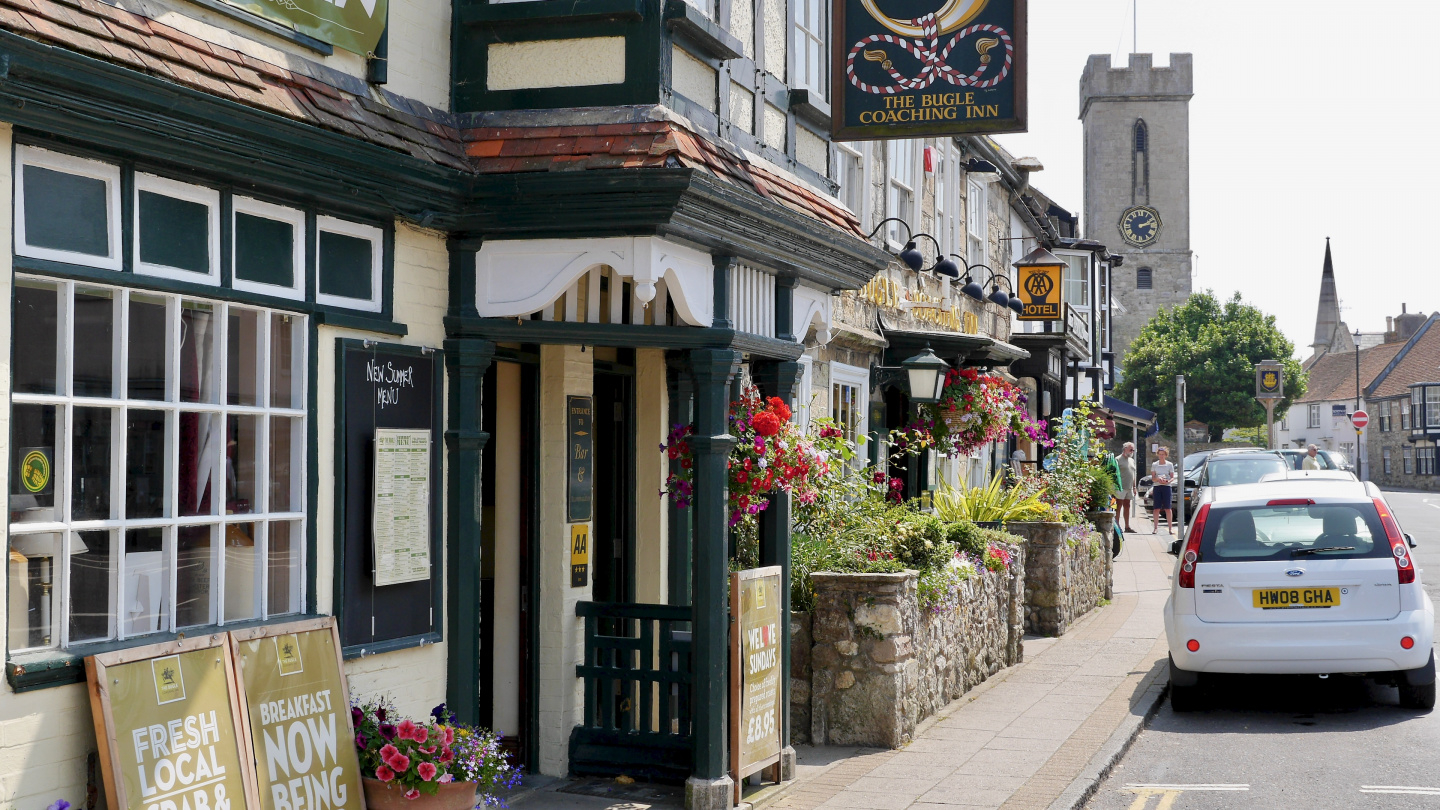
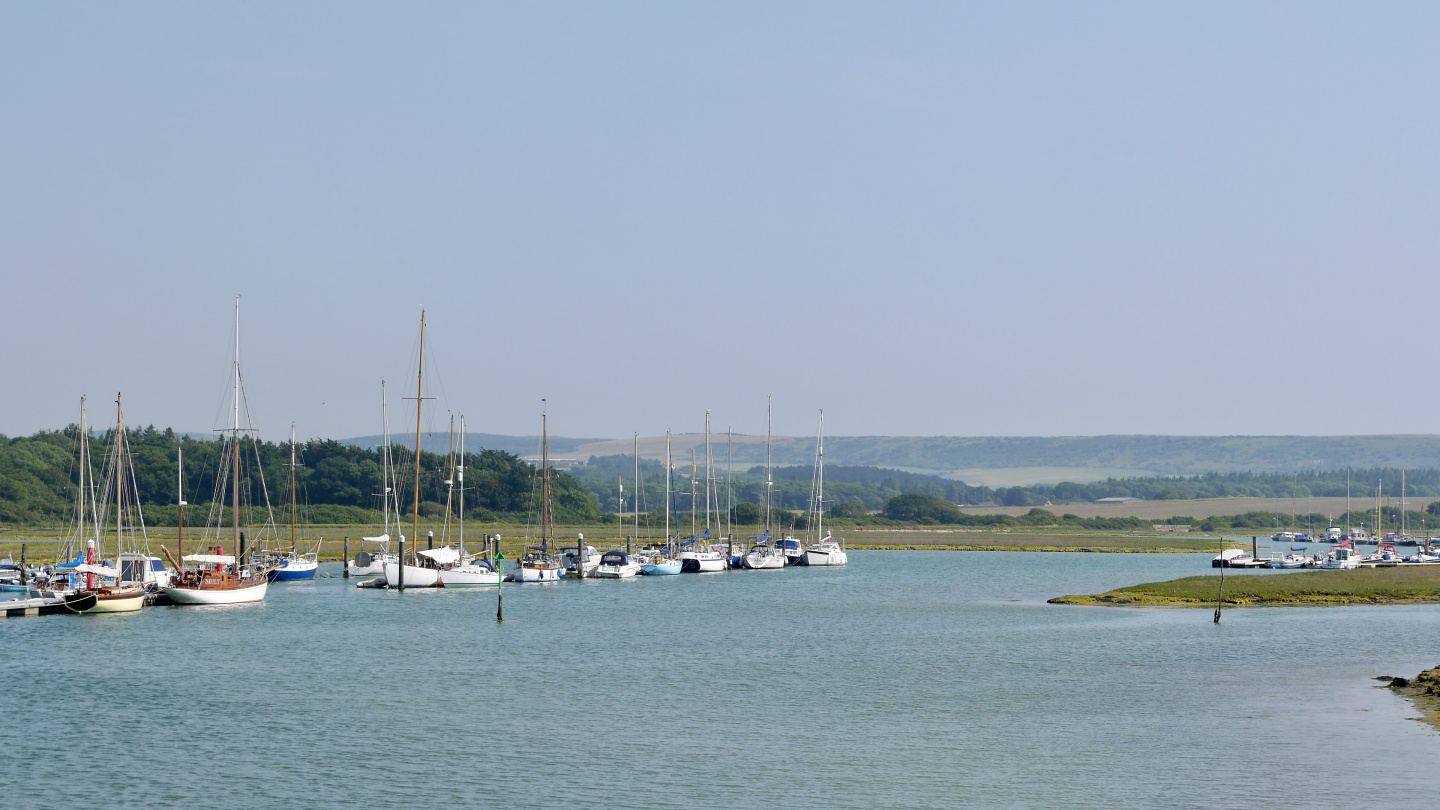
When we returned to the clubhouse in the evening, the second floor’s restaurant was full of sailors chatting about day’s race. The evening was very pleasant getting to know the local yachtsmen. They gave us many tips about sailing on Solent. We were really happy that we ended up in the club instead of the ordinary restaurant.
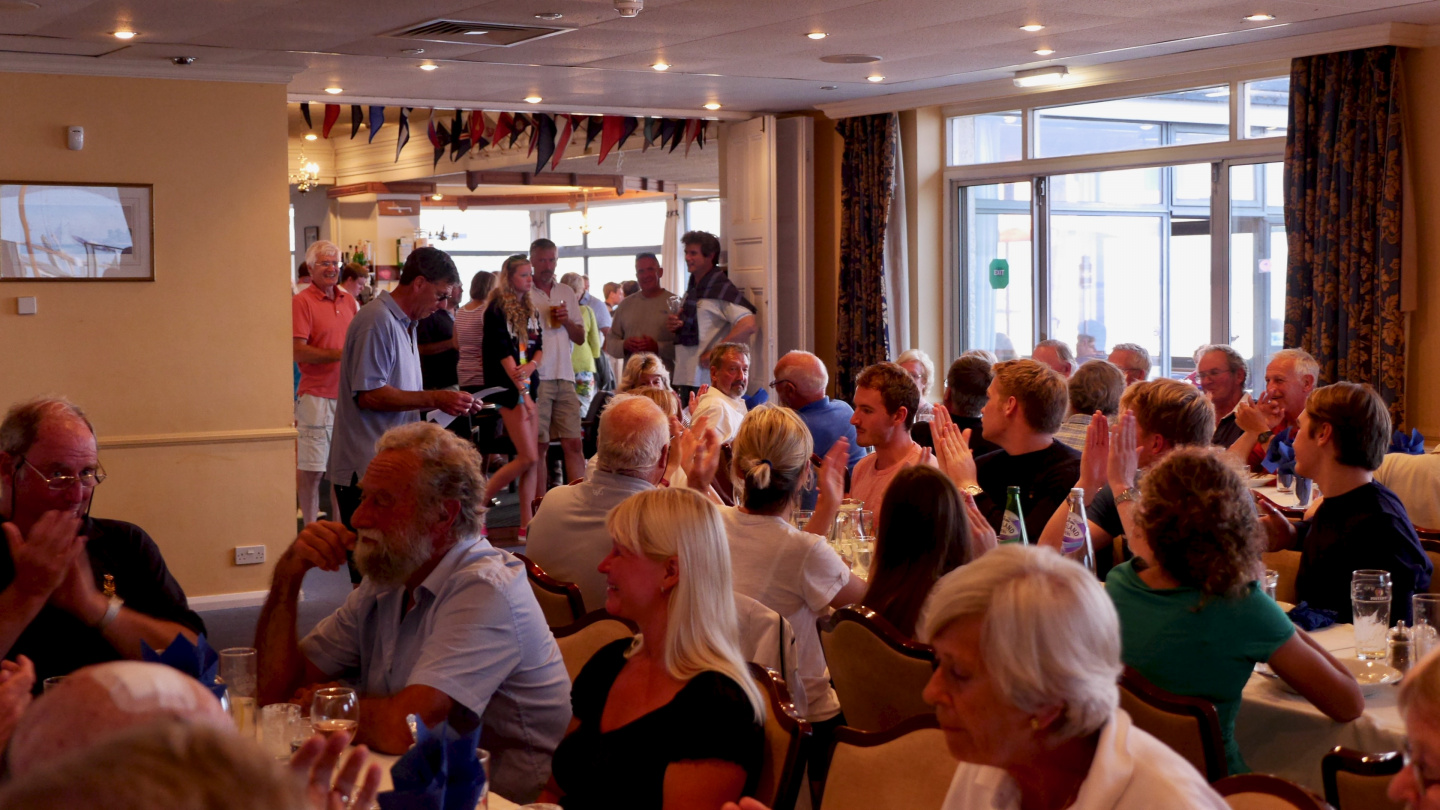
Yarmouth is definitely one of the most memorable places of this summer and it will for sure be high on our annual ranking of sailing destinations. It was good for us that we changed Cowes to Yarmouth. Otherwise we would have missed such a nice place.


Olettepa ennättäneet pitkälle
Olettepa ennättäneet pitkälle… Huonojen nettiyhteyksien takia saan tallentaa kertomuksenne koneelleni, ja lukea rauhassa.
Me ollaan nyt Amsterdamissa; yritetään etsiä täältä päin talvehtimispaikkaa. Hyviä ehdotuksia otamme vastaan, kiitos!
Päivitettyä juttua voi edelleen lukea blogista http://seijmer13.blogspot.fi